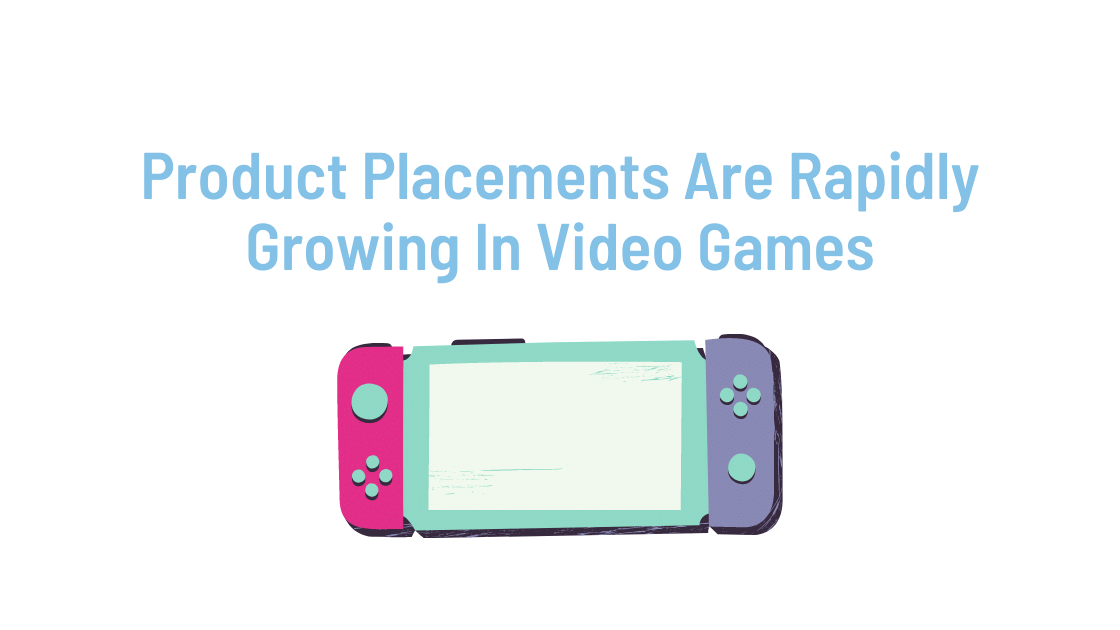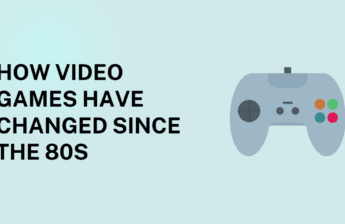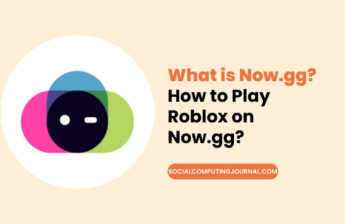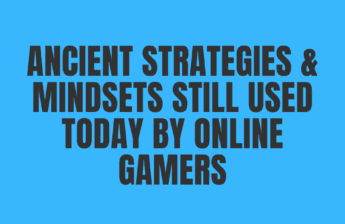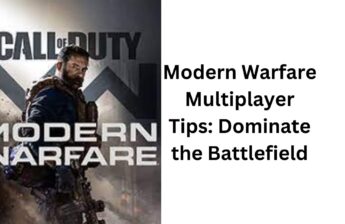The concept of product placement is hardly new. One of the first known instances of obvious product placement actually dates back more than a century. In the 1919 documentary film The Greatest Movie Ever Sold, which was ironically about product placement, a Red Crown Gasoline logo is clearly displayed. Since that time, products have purposely found subtle and not-so-subtle spots in several major motion pictures and in countless television shows. This list includes video games as well, although this isn’t such a new concept either.
The first known example of product placement in a video game dates back to the later days of disco and bell bottoms in 1978. This is when a game called Adventureland featured an ad for the follow-up game from the same manufacturer called Pirate Adventure. Product placement in video games continued into the subsequent decades, too, and on into the 21st century. What’s fairly new as far as such trends go is the rapid rise of product placement in many of today’s popular video games and some of the tactics used to present products or ads. Here’s what you need to know about the strategic placement of products and familiar brands in video games – and why it’s not necessarily a bad thing for gamers and advertisers.
Video Game Product Placement Can Be Poorly Executed
As with anything else in the marketing and advertising world, product placement in video games can be poorly executed. Typically, the placement of products in a video game isn’t done well if a featured product contributes to or results in:
• Jarring the player away from the narrative of the game
• A completely out of place presentation of a product
• Lingering distraction that has the potential to harm the brand and/or the video game maker
Video Game Product Placement Can Be Done Well, Too
On the reverse side of things, products can be placed in video games in a way that’s not disruptive at all. Seamless integration with product placement that’s done right results in:
• No disruptions to the gaming experience
• A natural feel with how the featured product is presented
• No adverse reactions that harm the brand behind the product or the manufacturer of the video game
Benefits for Advertisers and Developers
Product placement in video games has the potential to be a win-win situation for advertisers and developers. For advertisers, it’s a way to effectively reach younger consumers with a natural aversion to ads. In fact, Global media platform The Drum reports just over 30 percent of Gen Zers say they watch TV with some degree of regularity. Even among millennials, just over half of the people within this age group have a satellite internet or cable internet subscription. However, according to gamingonphone.com, around 80 percent of Gen Zers are gamers, and approximately 70 percent of the total millennial population plays video games on a fairly regular basis.
Gen Zers, in particular, are especially ad-phobic. Around 80 percent of people within this age range are in the habit of skipping ads whenever it’s possible to do so. So, naturally, advertisers see a lot of potential in product placement in something highly coveted consumers as far as age range goes regularly use as a source of entertainment – video games.
For video game developers, product placement represents an added source of revenue. This can be especially beneficial for smaller developers or ones operating with somewhat limited budgets. Even for larger developers or manufacturers like Electronic Arts (EA), Epic Games, and Nintendo can benefit by increasing profit margins through partnerships with advertisers.
How Products Can Be Placed in Video Games
There are some common ways advertisers and brands like Charter Spectrum have approached product placement in video games over the years. Some of these options have since fallen out of fashion. Still, the main types of video game product placement are still worth briefly reviewing to provide a better idea of why this trend is bigger than ever today and how it has evolved.
• Full branding: Big in the early ’90s when video games were considered a fad, full branding refers to games developed by or with brands that feature incredibly obvious product placement. Ex.: 1992’s M.C. Kids developed by Virgin Games with McDonald’s.
• Product appearances: This is a less blatant approach to product placement that involves inserting products into existing video games. Product appearances are meant to be more subtle. Ex.: Dole stickers on the bananas in Super Monkey Ball 1 and 2.
• Product placement/appearance affecting gameplay: In this instance, advertisers work with developers to put their products into games in a way that has some type of impact on the game or the status of one of the major characters. Ex.: PS4’s Death Stranding where one figure has to consume Monster Energy drinks to boost his stamina.
• A product placement/gameplay mix: In this instance, products are so intertwined within a game that the game is dependent on the product(s) featured. This type of product placement is common in sports games that feature game versions of real players and teams. Ex.: Various skateboard brands featured in Tony Hawk’s Pro Skater series.
• Real-time product placement: This is a newer placement technique in which live ads are presented. Fortnite, one of the most popular video games today, has jumped on board with this approach to ad placement by serving up ads in real-time rather than embedding them in the game’s code.
Some Other In-Game Advertising Perks
There are some notable perks not already mentioned in detail that go along with product placement or in-game advertising. Three of the top ones include:
1. Valuable Insights (esp. with Viewability)
There’s no real way to tell whether or not TV ads are reaching the intended audience with any degree of certainty. Digital ads are more trackable, and this is also true with ads or products placed in video games. Specifically, viewability can be tracked in video games with a high degree of accuracy. The reason is because gamers are inherently in the habit of taking in every bit of information that’s presented. For example, advertisers and marketers can gather info about viewability that includes:
• How long ads or products were viewed
• If ads/products were viewed directly or from other angles
• Whether ads/products were fully or partially seen
Advertisers can do many things with this data. The main one is determining how much to spend on video game product placement and advertising.
2. Improved Ad/Product Targeting
Because many of today’s games are played online, it’s becoming increasing common and possible for advertisers to target ads and product displays to specific factors, such as geographic location and other key demographics. Even time of day can be used for advertising purposes. McDonald’s, for example, might opt to display its ads or products just before what’s typically dinnertime in a gamer’s location.
3. Better Brand Recall
According to Statista, video game players between the ages of 15 and 24 spend about 40 minutes per day playing such games. Realistically, however, it’s not unusual for avid gamers to spend hours at a time in-game when heavily involved with a particular game. All this time spent playing video games means more exposure for the brands with featured products. In turn, this often results in better brand and product recall.
Final Thoughts
Advertising is one of those things that typically adjusts and evolves with trends and technology over time. This is ultimately why product placements are rapidly growing in video games. It’s not something that’s going to go away anytime soon – or probably ever. What you can do, however, if you’re a gamer is provide feedback when you have an opportunity to do so to provide an incentive for advertisers and developers to fine-tune their collective efforts to reap the rewards of product placement. If you’re an advertiser or developer, the main point to remember is to approach product placement in a way that doesn’t create unintended distractions.

